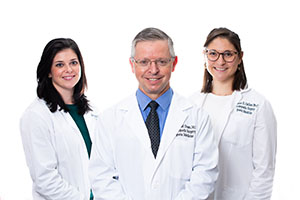Rotator Cuff Injuries
Four muscles in the shoulder that when injured or damaged can lead to sleepless nights, pain, and weakness.
The most common ways of injury to the rotator cuff are trauma, such as a fall on the outstretched hand, repetitive overload to the tendon by activity, or bone spurs cutting into the tendon.
Symptoms commonly begin with pain over the upper arm that is worse with reaching overhead, lying on your side, reaching behind your back, and weakness.
The rotator cuff has a very limited capacity to heal on its own and therefore treatment is often required to improve symptoms. This usually begins with a short period of rest, followed by a rehabilitation program focused on mobility, and strength to improve function. Steroid injection can be used if significant inflammation is present and interferes with the ability to engage in the exercise program. Two thirds of patients will improve with these modalities alone, and thus this is the first phase of treatment.
If symptoms persist, MRI is utilized to evaluate the rotator cuff for tears. Most commonly injured is the supraspinatus tendon. This is the muscle that allows you to put on a jacket, reach into the kitchen cabinet and get out the dishes, put a gallon of milk in the refrigerator, or pour a pot of coffee. Because the tendon is spring loaded, full tears commonly separate or retract. The more the retraction, the more serious the tear. If these tears are not addressed, atrophy will ensue and the tears will frequently get larger over time.
Surgical repair is performed arthroscopically and consists of stretching the tendon back out to it’s attachment point and repairing it back to the humerus greater tuberosity that it pulled off from. Traditionally, the shoulder was immobilized in a sling for up to 6 weeks before starting physical therapy to protect the repair. The downside of this approach was a high rate of postop stiffness, called frozen shoulder. We pioneered an accelerated rehab program for rotator cuff 25 years ago that reduced this immobilization down to just 5 days and actually lowered to postop stiffness rate.
Quality of the rotator cuff tissue has been a major determinant of success of the surgery, as well as the recurrent tear rate. The larger the tear and degree of separation, the higher the recurrent tear rate – that can approach 50 percent!
Innovation in rotator cuff surgery revolves around the use of biologics to reduce the risk of recurrent tears. CuffMend is an acellular, dermal allograft that is placed upon the repair to effectively double the thickness of an atrophic tendon and reduce the risk of recurrent tears. We have been effectively utilizing this technology over the past 2 years with great success to enhance patient outcomes for the most serious tears.
We remain committed to utilizing the best technology to remain innovators in rotator cuff surgery.



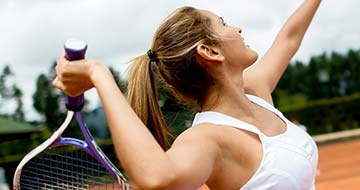

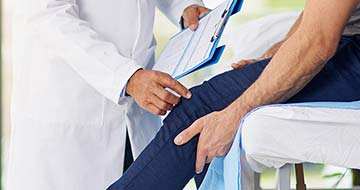
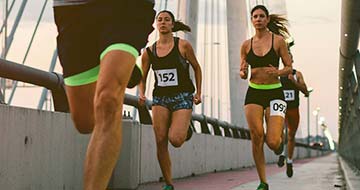
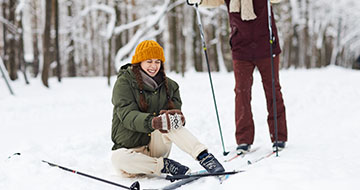

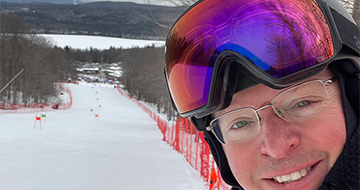
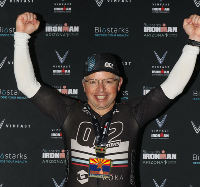 Dr. Stephen Desio is an Orthopedic Surgeon Board Certified in both Orthopedic Surgery, as well as Sports Medicine. Dr. Desio specializes in Sports Medicine and Arthroscopic Surgery of the Knee and Shoulder. Fellowship Trained in Sports Medicine at the
University of Utah, Dr. Desio has the distinction of being a member of the
Dr. Stephen Desio is an Orthopedic Surgeon Board Certified in both Orthopedic Surgery, as well as Sports Medicine. Dr. Desio specializes in Sports Medicine and Arthroscopic Surgery of the Knee and Shoulder. Fellowship Trained in Sports Medicine at the
University of Utah, Dr. Desio has the distinction of being a member of the 